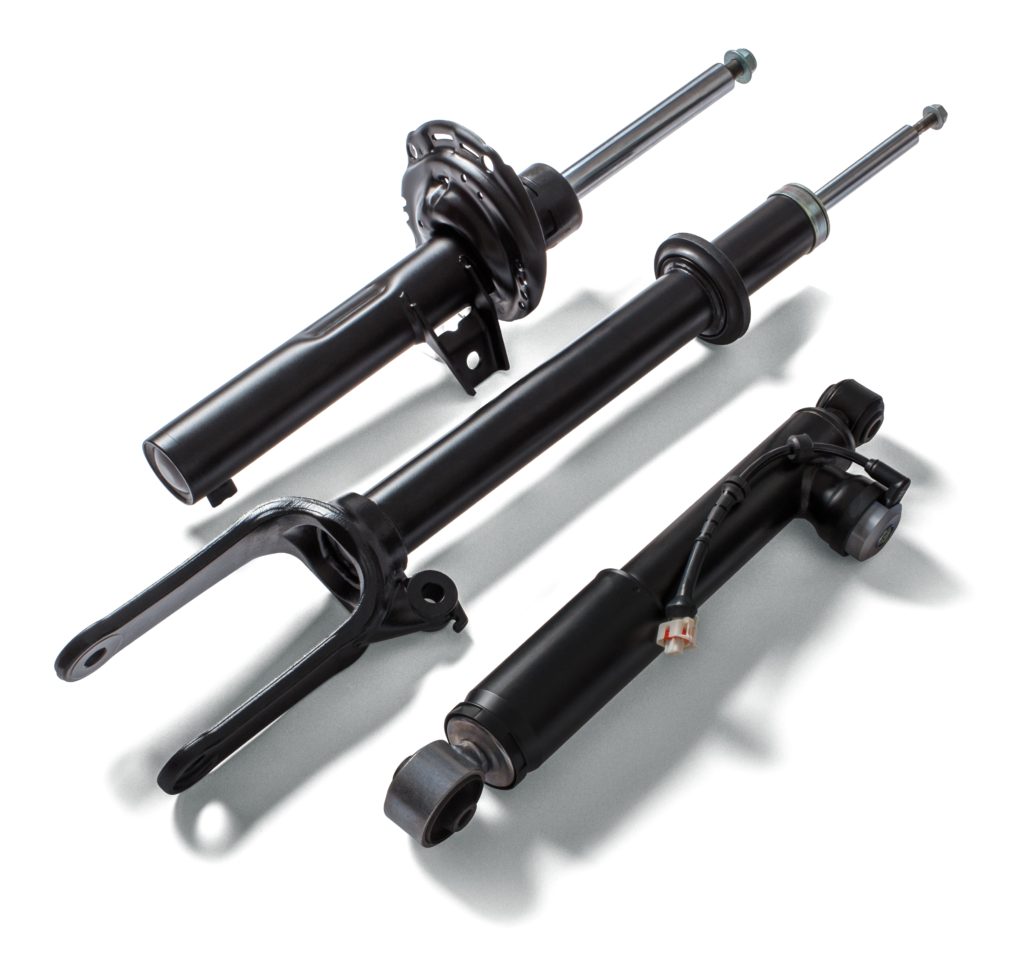- Shock absorbers are often an overlooked safety critical component
- Signs of defective or worn shock absorbers including longer braking distances, uneven tyre wear, poor handling and excessive steering wheel vibration
- ZF Aftermarket recommends that workshops offer customers a safety check to ensure their vehicles are roadworthy, including the shock absorbers
An often overlooked safety critical component in a vehicle, are its shock absorbers, with ZF in Oceania providing some expert tips for safer and smoother driving.
Vehicle manufacturers have optimised the design of their cars to handle most road conditions, while providing a comfortable and smooth ride.
Although safety is always a primary concern, shock absorbers wear over time, therefore regular checks are necessary, and replacement may be required.
ZF Aftermarket’s experts recommend that shock absorbers be thoroughly examined every 20,000 kilometres and replaced after 80,000 kilometres.
A correctly functioning shock absorber will control the car’s handling, keep the tyres in contact with the road, and provide a comfortable, noise-free ride.
Visual signs of a defective shock absorber include uneven tyre wear, for example, if the tyres are unevenly worn on one axle, or a sawtooth formation on the tread.
A defective, or worn, shock absorber can impair the vehicle’s traction and stability on uneven roads or in curves. Not only that, it can create a risk of aquaplaning even at lower speeds meaning that safety systems, such as ABS, slip and stability control, may not be fully functional.
The braking distance can also be longer, which means that the tyres are no longer as responsive as they used to be.
Another indicator is excessive wheel vibration, which could potentially lead to loss of control of the vehicle.
If unsafe handling behaviours, noises or tyre issues are reported, it is recommended that workshops inspect and/or replace the ride control components, when replacing shock absorbers and struts.
It is also crucial that shock absorbers are replaced in pairs, that way customers can be assured that all of the vehicle’s shocks are brand new, for optimum performance and the safest possible handling.
SACHS Product Expert Craig Lowndes has filmed a safety video all about shock absorbers which can be viewed here and on ZF in Oceania’s social media channels.

Safety checks for vehicles after lockdowns
As a result of extended lockdowns across Australia in response to the COVID-19 pandemic, vehicles were driven less frequently with many workshops reporting a downturn in regular servicing.
ZF Aftermarket recommends that workshops offer their customers a check to ensure their vehicles are roadworthy to restore confidence in road safety.
Driving less also means that the effects of worn shock absorbers, such as poor road holding, reduced cornering stability and longer braking distances could go unnoticed.
For this reason, ZF Aftermarket recommends workshops should always include a damper test in these checks, ideally with a professional shock absorber tester.
SACHS shock absorbers
A brand of ZF Aftermarket, SACHS shock absorbers are distinguished by their original equipment quality and innovative technology, and are now ranked the number one shock absorber in European car parc coverage.
With the ideal combination of performance and dynamics, SACHS shock absorbers ensure perfect road grip and cornering behaviour, no matter what challenges the road may present.
Locally, the SACHS range has over 3,000 shock absorber references, with a combination of mono-tube and twin-tube gas pressurised shock technology throughout the entire range.
For further information on ZF in Oceania, and its product and service offerings, please visit: www.zf.com/au or call 1800 ZF SALES (1800 93 72537).
This article was originally published by ZF and has been reproduced with permission


